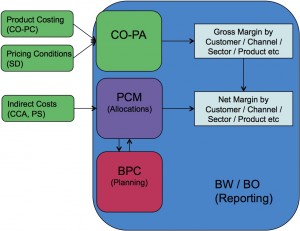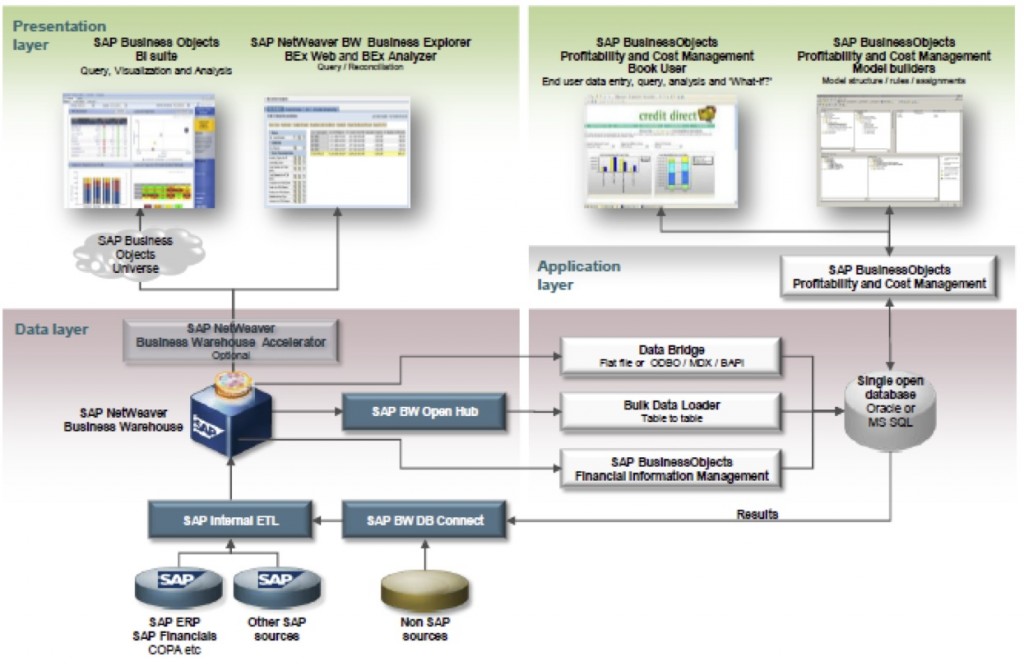The Importance of Cost and Profitability Reporting
Common Profitability Challenges
- Unable to identify which customers / channels / sectors / products are truly profitable
-
Unable to easily calculate true “cost to serve”
-
Unable to identify true profitability drivers within the business
-
Manual allocations of overheads are time consuming and difficult to trace-back
-
Allocations of shared services / head office costs are un-equitable
-
Unable to understand what is driving our shared services costs
-
Cannot identify where to cut costs without adversely impacting customer service
Stakeholder Vision
-
Understand what drives costs
-
Know exactly where profit is made
-
Optimise resources
-
Keep shared services aligned
-
Flexible solution which is owned and managed by Finance
-
Future proofed scalable solution
- Profitability information in a timely manner to enable informed business direction decisions to be made
What is SAP PCM? (Profitability and Cost Management)
-
An in-memory solution which calculates allocations in real time.
-
Stand alone – does not use NetWeaver or HANA, but can be interfaced into BW using FIM / Data Services / DB Connect
-
Can be simple allocations through to Activity Based Costing methodology, dependent on the level of data available.
-
Is highly scalable and can manage high volumes of data
-
Quick “what if analysis” can be performed
- Integration with other EPM applications
-
Owned by Finance rather than IT
Positioning of PCM with other SAP applications
Uses of SAP PCM
-
Reduces month end performance impact of allocations within SAP ECC (eg CO-PA / CCA assessment cycles)
-
Can perform simple allocations through to complex waterfall type allocations utilising either simple rules or more complicated activity based costing methodologies.
-
Suitable for (examples only):
-
Service Industry (shared service cost allocations)
- Retail (shared service costs, head office cost allocations, store profitability)
-
Banking (branch profitability, product profitability, allocation of head office / shared service costs)
-
Manufacturing (cost to serve allocations, shared service cost allocations, channel, product , customer profitability)
-
Public sector (shared service cost allocations, facilities cost allocations)
-


